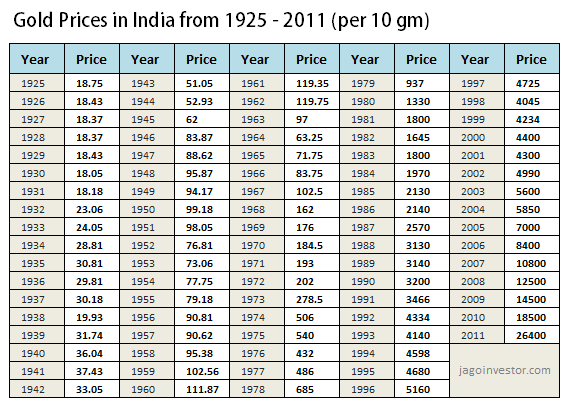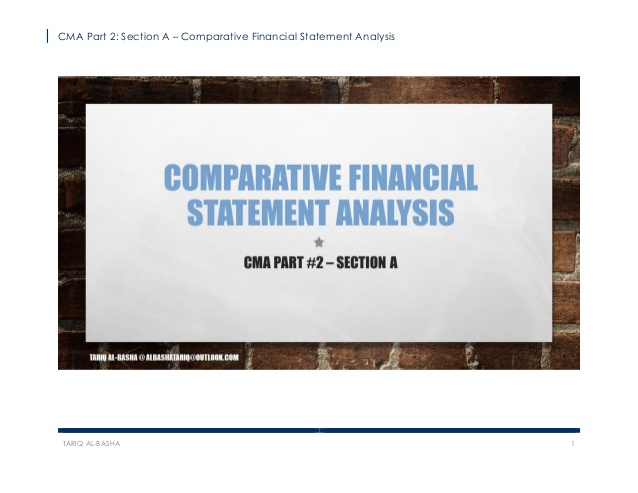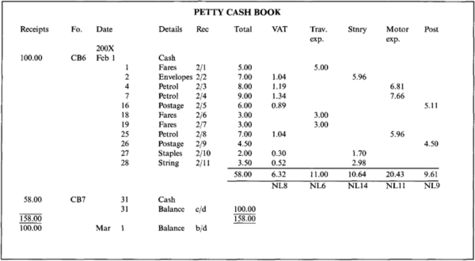Contents:


The IRS has a specific depreciation method known as theModified Accelerated Cost Recovery System, or MACRS, for tax purposes. In some cases, the IRS may even allow you to deduct the full cost of certain assets during their first year of use, eliminating the need for depreciation methods entirely. Straight line depreciation is the default method used to recognize the carrying amount of a fixed asset evenly over its useful life.
To calculate depreciation using a straight line basis, simply divide net price by the number of useful years of life the asset has. From buildings to machines, equipment and tools, every business will have one or more fixed assets likely… The estimated useful life value used in our calculations are for illustration purposes. If you are calculating depreciation value for tax purposes, you should get the accurate, useful life figure from the Internal Revenue Agency . Divide the depreciable asset cost by the number of years in the asset’s useful life – this will give you the amount of annual depreciation.
What is the straight-line method of asset depreciation?
Depreciation for each time period will be calculated by dividing acquisition cost by depreciation period. If asset has salvage value, it should be considered while calculating depreciation. Recording depreciation affects both your income statement and your balance sheet. To record the purchase of the copier and the monthly depreciation expense, you’ll need to make the following journal entries. The accumulated depreciation account has a normal credit balance, as it offsets the fixed asset, and each time depreciation expense is recognized, accumulated depreciation is increased.

Work out the initial purchase price or acquisition cost of the fixed asset. ABX Ltd. has purchased 2 assets costing $ 500,000 and $ 700,000. The salvage value of asset 1 is $ 5,000 and of asset 2 is $ 10,000. Calculate the depreciation and also determine the profit or loss on sale of asset?
Accumulated depreciation
Depreciation generally applies to an entity’s owned fixed assets or to its leased right-of-use assets arising from lessee finance leases. A straight-line basis is a method of calculating Depreciation and amortization. This formula for calculating asset value involves dividing the cost of an asset by its useful life, resulting in a constant rate of Depreciation per period. Its assets include Land, building, machinery, and equipment; all are reported at costs.
Depreciation is an expense, just like any other business write-off. So you’ll want to make sure you calculate depreciation properly. According to straight-line depreciation, this is how much depreciation you have to subtract from the value of an asset each year to know its book value. Book value refers to the total value of an asset, taking into account how much it’s depreciated up to the current point in time. It is calculated by dividing the difference between an asset’s cost and its expected salvage value by the number of years it is expected to be used. But, you don’t have to do it yourself, especially if you run a large company with many assets that are liable to depreciation.
Pros and cons of the straight line depreciation formula
Sally can now record straight line depreciation for her furniture each month for the next seven years. This means Sara will depreciate her copier at a rate of 20% per year. The easiest way to determine the useful life of an asset is to refer to the IRS tables, which are found in Publication 946, referenced above. Estimating the salvage value of an asset is an inexact science. If you don’t expect the asset to be worth much at the end of its useful life, be sure to figure that into the calculation. We follow strict ethical journalism practices, which includes presenting unbiased information and citing reliable, attributed resources.
A fast vanishing point detection method based on row space … – Nature.com
A fast vanishing point detection method based on row space ….
Posted: Wed, 22 Feb 2023 08:00:00 GMT [source]
Over the useful life of an asset, the value of an asset should depreciate to its salvage value. Company A purchases a machine for $100,000 with an estimated salvage value of $20,000 and a useful life of 5 years. Divide the sum of step by the number arrived at in step to get the annual depreciation amount. Is the scrap or residual proceeds expected from a company asset’s disposal after the end of the asset’s useful life. Is the initial purchase or construction cost of the asset as well as any related capital expenditure. If the capital expenditure is incurred the depreciation is to be recalculated prospectively.
How is straight-line depreciation different from other methods?
The group life determines how long we’re going to depreciate the group of assets based on its group depreciation. Let’s assume that we acquired a fixed asset for $50,000 with an estimated salvage value of $5,000 at the end of its 10-year useful life. Get instant access to lessons taught by experienced private equity pros and bulge bracket investment bankers including financial statement modeling, DCF, M&A, LBO, Comps and Excel Modeling. While there are several methods for calculating depreciation, three are the most commonly used. Fixed asset depreciation is similar to amortization in that both use a straight-line basis to calculate the expense amount.
Ideal for those just becoming familiar with https://1investing.in/ basics such as the accounting cycle, straight line depreciation is the most frequent depreciation method used by small businesses. In the article, we have seen how the straight-line depreciation method can depreciate the asset’s value over the useful life of the asset. It is the easiest and simplest method of depreciation, where the asset’s cost is depreciated uniformly over its useful life. Now, $ 1000 will be charged to the income statement as a depreciation expense for eight straight years. Although all the amount is paid for the machine at the time of purchase, the expense is charged over time.
Therefore, the annual depreciation charge will be equal to the total depreciation divided by the useful life of the equipment and other property. Once calculated, depreciation expense is recorded in the accounting records as a debit to the depreciation expense account and a credit to the accumulated depreciation account. Accumulated depreciation is a contra asset account, which means that it is paired with and reduces the fixed asset account. Accumulated depreciation is eliminated from the accounting records when a fixed asset is disposed of.
- Straight line depreciation is the easiest depreciation method to calculate.
- Straight-line depreciation is also fitting in scenarios where the economic usefulness of an asset, such as a warehouse, is the same in each time period.
- The answer, $1,600, is the depreciation charges your business would take annually if you were using the straight line method.
- The profit or loss on the sale of assets can be easily determined.
This method is useful for businesses that have significant year-to-year fluctuations in production. At the end of the device’s lifetime of 5 years, the device reaches its salvage value of $1,000 as expected. This is a way of checking to see if the straight line depreciation was calculated correctly.
What is Straight-Line Depreciation? Learn More – Investment U
What is Straight-Line Depreciation? Learn More.
Posted: Mon, 18 Oct 2021 07:00:00 GMT [source]
At the point where this amount is reached, no further depreciation is allowed. Sara runs a small nonprofit that recently purchased a copier for the office. It cost $150 to ship the copier, and the taxes were $600, making the final cost of the copier $8,250.

In wave accounting method, the depreciation charged amount is constant throughout the life of the asset. This method is considered the easiest method of charging depreciation and calculation of this method is also easy. On tangible and intangible, both types of assets, straight line depreciation can be charged. From the amortization table above, we will deduct $30,000 from the current net asset value of $65,000 at the end of year 5 resulting in a $35,000 depreciable cost. Then divide the depreciable cost of $35,000 by the 3 years of useful life remaining. The fixed asset will now have an updated annual depreciation expense of $11,667 for each year of its remaining useful life.
If you’re using the wrong credit or debit card, it could be costing you serious money. Our experts love this top pick, which features a 0% intro APR until 2024, an insane cash back rate of up to 5%, and all somehow for no annual fee. Below, we’ve provided you with some straight line depreciation examples. Here are some reasons your small business should use straight line depreciation. In this case, only 9 months of depreciation expense, or $5,400 ($7,200 x 9/12), is recorded on 31 December. By a large margin, the most easily understandable and widely-used depreciation method is the straight-line method.